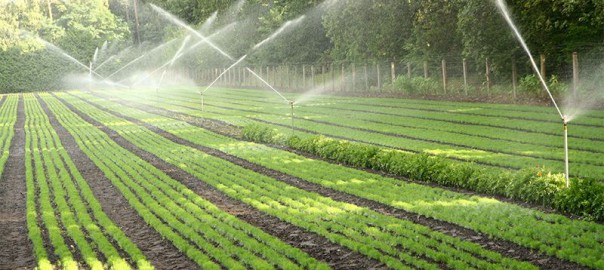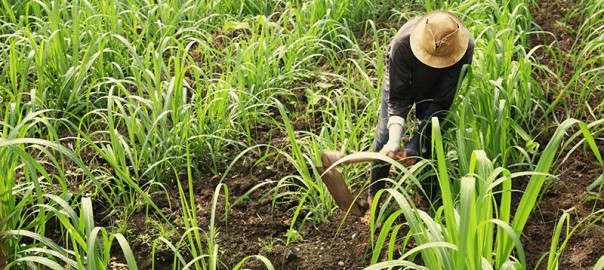Bulletin No 150509 BIOGARDEN BIOLOGICAL CONTROL.
In plants, induced resistance is the type of resistance which appears after plants have been pre-inoculated with various biotic agents or after being treated with chemical or physical agents. Resistance has been induced in a wide range of plants against the attack of fungi, bacteria, virus and even insects. Induced resistance is not specific since, notwithstanding the type of agent or pathogen used as the inductor, the level of resistance in the plant increases against various pathogens. Induced resistance is initially observed and is restricted to the zone which surrounds the initial sites of infection, and is mainly attributed to the attack of insects, in this case it is denominated as local induced resistance, and when the response of the plant is addressed towards pathogens, it is called Systemic Acquired Resistance or SAR, or Induced Systemic Resistance, ISR.
In addition to appearing as a result of a primary infection, resistance can also be induced by treating plants with biotic compounds such as proteins from the virus´ capsid, proteins of bacteria and fungi, lipoproteins, polysaccharides or with synthetic molecules. In this respect, many beneficial microorganisms turn out to be good inductors of resistance, such as in the case of Rhizobacteria, Mycorrhizae and Trichoderma spp.
The use of microorganisms associated to plants as microbial inoculants is a logical application of natural order ,since all healthy plants are surrounded by millions of cells of many types of bacteria and fungi. These microbes may survive in the roots, in the leaves and inside the plant. The ¨Rhizobacteria¨ are bacteria naturally found in the roots and may colonize after being inoculated in seeds or tubers. Plant Growth Promoting Rhizobacteria ¨PGPR¨ are those bacteria which colonize the root and benefit the development of the plant and their effects are caused by the promotion of growth and/or the biological control of diseases. Part of the original investigation with PGPR was performed at the beginning of the eighties with potatoes as host crops. This work, executed in California and Holland, demonstrated that between 3 and 5% of the isolated Rhizobacteria employed stimulated the development of roots, increased the fresh weight of the stem and resulted on an early development or stolon. Some of these strains of used Rhizobacteria showed antagonism towards phytopathogens, which results from the production of bacterial metabolites which inhibit the development of fungi and other bacteria.
On the other hand, the capacity of strains of Trichoderma to protect plants against root pathogens may be attributed to the antagonist effect against the invasion of the pathogen. However, these root-fungus associations also stimulate the defense mechanisms of the plant, in which strains of Trichoderma added to the rhyzosphere protect plants against different classes of pathogens, including viruses, bacteria and fungi, through resistance mechanisms similar to the hypersensitive response, systemic acquired resistance (SAR) and induction of systemic resistance (ISR).
The Trichoderma hyphae, penetrate the epidermis and the outer crust of the root and the response of the plants is characterized by an increase of the activity of peroxidase, often associated to the production of fungitoxic compounds and the increase of callose deposits on the internal surface of the cell wall avoiding the pathogen to enter into the vegetable tissue.
At a molecular level, the resistance results on the increase in the production of metabolites and enzymes related to the defense mechanisms, such as phenylalanine, ammonium-1yase (PAL) and Chalcone synthase (CHS) enzymes, involved on the biosynthesis of phytoalexins and proteins related to the pathogenicity as: kinases and β-1,3-glucanase, among others.
In terms of the Mycorrhizae, considering that the mycorrhizal fungi is an extension of the root, it possesses greater absorption of water and minerals; this is the most distinguishing advantage of mycorrhizal plants. Phosphorous is one of the minerals with greater mobilization towards the plant. Another outstanding feature is the lower incidence of diseases at the root; it is suggested to occur thanks to a phenomenon of competition of the mycorrhizal fungi, which has colonized the root and the great nutritional intake which provides to the plant, which enables it to have a good defense system. Since endotrophic Mycorrhizae-forming fungi occupy the cortical tissue of the root of most of plants, they may reinforce the natural defenses of the roots against invasion by pathogenic organisms.
With these knowledge, it is expected from farmers to have more alternatives to the use of agrochemicals in the future, both for the management of diseases as well as the growth promotion in plants.



